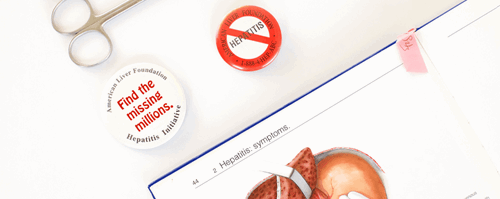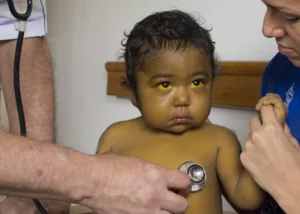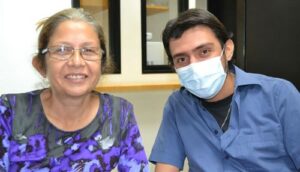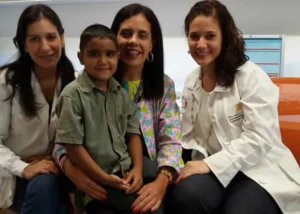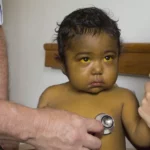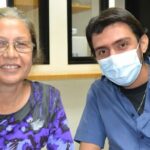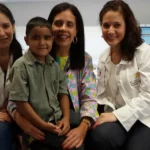This virus affects one of the most important organs in our body: the liver. It causes a swelling that if is not treated promptly can evolve to a fibrosis, cirrhosis or even cancer stage, causing the death of approximately 1.4 million people, according to the World Health Organization (WHO).
There are many cases in Latin America, especially on hepatitis C, which, together with type B, are the most common. Currently around 10 million people are known to be infected with the virus: 57% are affected by hepatic cirrhosis and 78% with primary cancer; this is due to the inexistent or little access to optimal sanitary conditions.
In 2017 The United Nations established the Sustainable Development Goals for 2030, in which the third one refers to “Ensure Healthy Lives and promote well-being for all at all ages”. This was to address several world health problems, where infectious diseases such as Hepatitis are a priority. This objective aims to find those millions of people who have been infected by Hepatitis but they are not aware of it. Prompt detection and diagnosis is crucial to achieve this goal by 2030.
What do we know about this disease?
Given the nature of hepatitis, scientist have classified the disease under five letters (A, B, C, D and E) according to their properties and how they are produced. Each one of those result in liver disease. Hepatitis is produced for multiple reasons, from the intake of contaminated food up to a infected blood transfusion.
The classification can also be divided in two big groups: hepatitis A and E, caused by consumption of contaminated water or food, and the second group, formed by hepatitis B, C and D, produced by the use of infected implements in blood transfusions. Out of them all, hepatitis B is considered to be the most dangerous, for it may be transmitted from mother to child at birth or even from one infant to the other.
What are the symptoms?
Generally, acute infections may or may not present symptoms such as jaundice, which can be identified through yellow coloring of the eyes and skins, dark skin, abdominal pain, nausea, constant fatigue or vomiting.
How to prevent it?
Each type of hepatitis can be prevented with vaccination in order to avoid outbreaks. However, some types, such as hepatitis A do not get the necessary vaccination campaigns.
There are other alternatives that are more attainable which are healthy habits such as: washing your hands with water and soap after going to the bathroom or after being in contact with blood, feces, or any other type of body fluids; also, properly wash food before consumption.
However, the best way to prevent this and any other disease is through education!
On July 28 each year, we commemorate World Hepatitis Day and we take this opportunity to implement activities to raise awareness on the disease, its causes and ways to prevent it. An example of said initiatives is a worldwide campaign named Find the Missing Millions, proposed by the World Health Organization and during a 3 years period, it aims to educate people about the disease as well as “finding” the 9 out of 10 people living with viral hepatitis who are unaware and where our foundation actively participates.
The best way to fight this and any other disease is by raising awareness. This is the key to reduce mortality rates in Latin American countries and over the world. We need to talk to each other, to our family, to our neighbors and help everyone to find out if they have the virus so it can be diagnosed and properly treated.
Let´s all join the worldwide campaign and Find The Missing Millions!.

